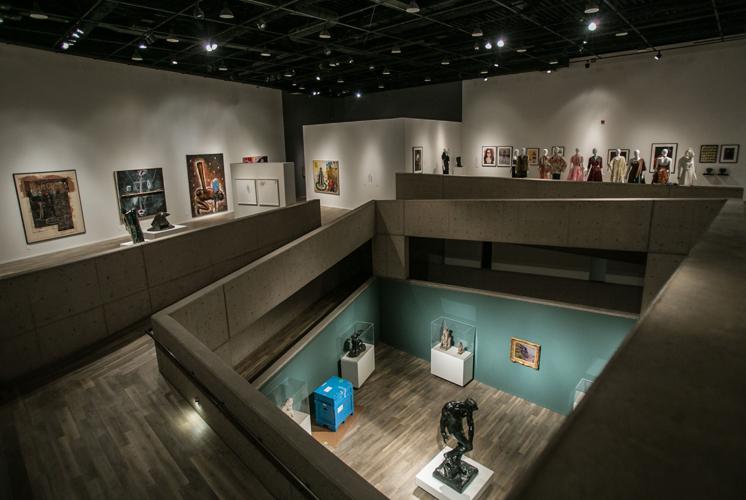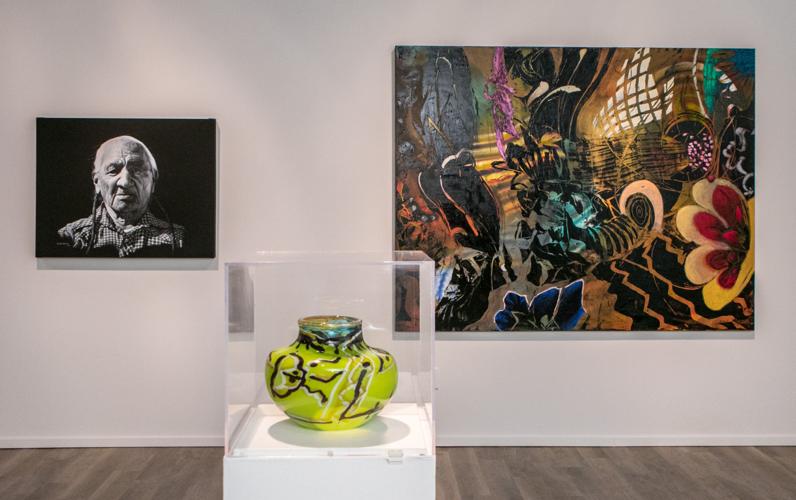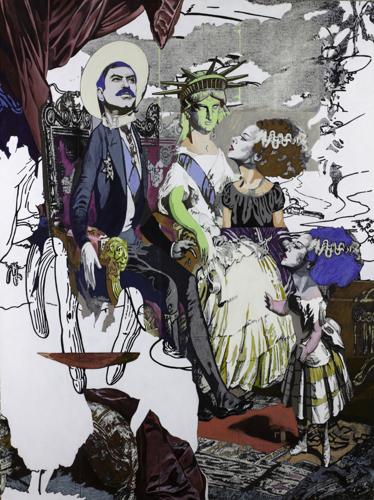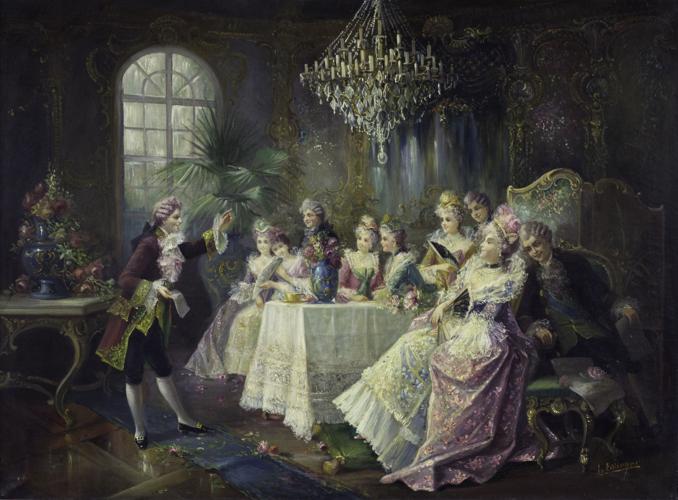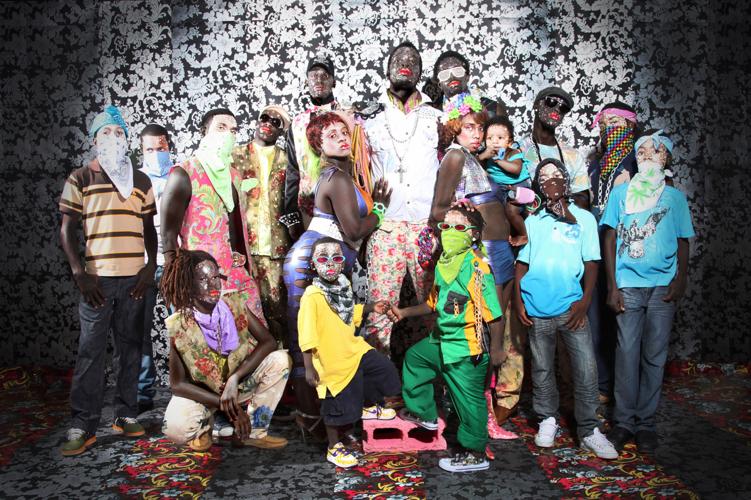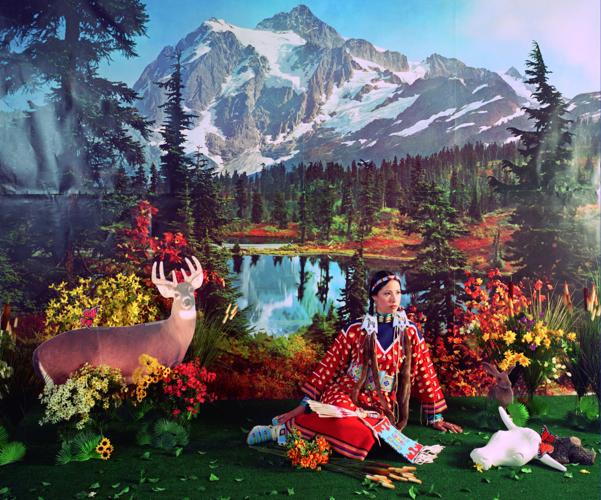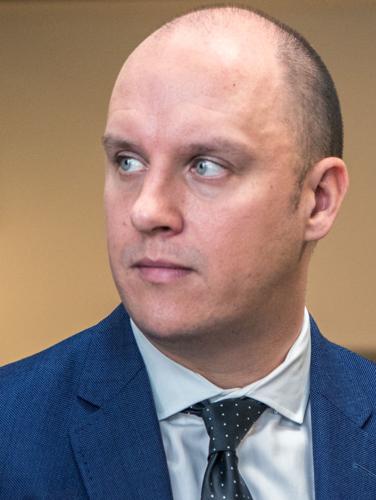The Tucson Museum of Art isn’t its old self.
In fact, it is barely recognizable.
The museum closed its galleries in July. When they reopen Oct. 21-22 with celebrations and free entry, visitors will walk into what looks like a larger, fresher, more exciting place.
Walls have come down, floors replaced, galleries added. The education center has expanded, and the museum’s popular gift shop has been moved to just inside the west entrance.
And there are the improvements you can’t see but will notice — such as a new air conditioning system.
The renovations across the 4-acre campus were about $750,000 — a good deal more than the $150,000 originally planned. But fundraising was so successful, says TMA Director Jeremy Mikolajczak, that the museum was able to make changes that had been planned for the future.
“We were able to close out Phase 1 of our fundraising campaign,” Mikolajczak says. “We raised $1.5 million over the last 12 months.”
While it looks much bigger, all the expanded space is contained in the existing building.
“We are using our space better and reinventing ourselves better,” says Mikolajczak. “It’s a minimal amount of money for what we are getting.”
One of the main things it is getting is 5,000 square feet of gallery space. That’s an increase of 1,500-square feet.
It feels like a different space. Enter the main gallery and the wall to the right has been removed, giving an expansive view of the art on the wall along the walkway. The gallery right behind the wall that faces the main entrance isn’t contained the way it once was. A doorway was cut into the wall of that room, opening to new galleries in the area where the gift shop once was.
There’s an openness and flow to the museum now. One gallery leads to another and to another. There are surprises around every corner and in every gallery.
One of the more exciting aspects of the renovations is that now the museum is able to strut out more of the works from its 9,000-piece permanent collection. And it’s an impressive one: TMA owns pieces by such artists as Jasper Johns, Olivier Mosset, Robert Bechtle, John Singleton Copley, Jacques Lipchitz and Charles Marion Russell.
The upper galleries are dedicated to temporary exhibits.
But the lower two levels will have revolving exhibitions pulled from that permanent collection.
There’s a gallery dedicated to TMA’s collection of delicate Asian art — beautiful, intricate vases are on display there for the opening. “That art hasn’t been out since 1998,” says Mikolajczak. “This is a great opportunity for the public to see it.”
In the Latin American Folk Art gallery, you’ll find pieces gathered in themes: devotional, ritual, fantasy and animals. And in a niche on one wall in that gallery is a recent gift: “History of the World (Tree of Life),” a massive ceramic piece by Mexican artist Tiburcio Soteno Fernandez. You could spend a whole day in front of the intricate sculpture and still not see all there is to see in it.
There are also galleries for Western art, Native American, Modern and Contemporary art.
And, especially thrilling, the Art of the American West gallery.
The pieces don’t have anything to do with Southwest icons, says TMA Chief Curator Julie Sasse. “The works are by artists that currently live or have lived in the Southwest; it’s artists of the region.”
TMA’s permanent collection includes many works by Tucson artists, some not well known, others with international reputations. Most of the works have been stored in the museum’s vaults. This gallery will give them the wall space so that they can be seen.
For the museum’s reopening, the gallery will include works by such Tucson artists as James Cook, Bailey Doogan, Jim Waid, Nancy Tokar Miller and Tom Philabaum — all of whom are in collections here and abroad. And all of whom create art that mesmerizes.
“I think it will be a fabulous venue for Southwest regional art,” says Kit Kimball, who has been a TMA docent for four years.
“When people come to our museum, they expect to see good art by Southwestern artists.”
The new permanent collection galleries are opening with “The best of our best,” says Sasse. The works will be rotated about every three years.
Kimball is looking forward to showing off the renovated museum and the works on the walls.
“I think the museum will be so much friendlier and broader than it’s ever been,” she says.
And you don’t always have to pay to see art. Sitting in a window just outside the east entrance is Luis Jiménez’s fiberglass sculpture, “End of the Trail with Electric Sunset,” a piece that nearly vibrates with energy.
And at the west entrance, visitors do not have to pay to wander through the Edward Fish House, which contains information about the Fish family. Also at that entrance and free is the gift shop, which features works by primarily local artisans, and the new Creative Space — a cozy area with chairs, a couch, books and the inspiration for children to make art of their own.
There are more changes in store for the museum, says Mikolajczak. But he’s not saying what they are.
“For right now we just want to welcome the community to the museum.”



